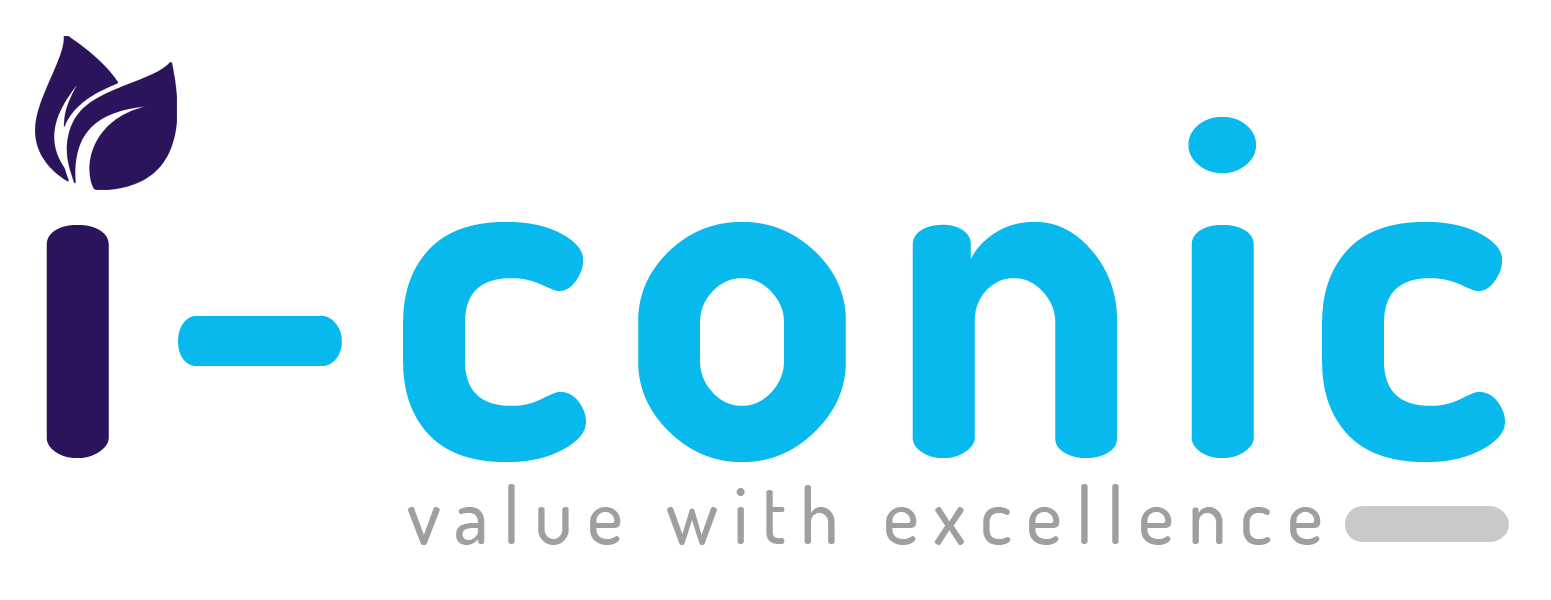As the healthcare landscape continues to evolve, revenue cycle management (RCM) for group practices, particularly in dental service organizations (DSOs), is undergoing significant transformation. With 2025 on the horizon, practices are looking for new ways to streamline operations, improve profitability, and maintain financial accuracy. Let’s explore the key RCM trends expected to shape group practices in the upcoming year.
1. Automation Becomes Essential
The RCM process has traditionally been labor-intensive, involving manual workflows for billing, insurance verification, and claims processing. However, automation is quickly becoming a game-changer. By reducing the need for manual input, automation increases operational efficiency and significantly lowers the risk of human error. As group practices expand, the ability to automate repetitive tasks is essential for scaling operations without increasing administrative overhead.
2. Expanded Data Integration
Seamless integration with insurance carriers and third-party payers will play a pivotal role in 2025. Group practices are increasingly leveraging integrated platforms to expand data coverage, which speeds up claims processing and reduces the rate of claim denials. Practices with access to real-time data from payers can ensure faster reimbursements and more predictable cash flow.
3. Prioritizing the Patient Experience
In an increasingly competitive environment, patient experience is becoming a key differentiator. Practices are focusing on enhancing the billing and payment process to offer greater transparency and convenience. By integrating RCM systems with patient portals, group practices can provide easy access to bills, payment options, and scheduling—ensuring a seamless and satisfying patient experience.
4. Data-Driven Decision Making
The power of data analytics in RCM cannot be overstated. In 2025, successful group practices will use data-driven insights to improve decision-making. By tracking and analyzing key performance indicators (KPIs) such as denial rates, payment turnaround times, and outstanding balances, practices will be able to optimize cash flow and identify areas that need improvement. These insights will help practices adjust their strategies to boost financial performance.
5. Case Studies Show the Way Forward
Group practices that have embraced RCM optimization are already seeing tangible benefits. One dental group practice, for instance, implemented an integrated RCM solution that allowed them to create operational consistency across multiple locations. The result? Streamlined workflows, reduced manual errors, and improved cash flow.
Looking Ahead: 2025 and Beyond
The RCM landscape for group practices is rapidly evolving, with automation, data integration, and patient-centered billing at the forefront of change. Practices that adopt these trends early will be well-positioned to overcome challenges and thrive in 2025.
At I-conic Solutions, we help group practices stay ahead of the curve by providing advanced RCM tools and expertise. Our solutions are designed to automate workflows, integrate payer data, and improve financial accuracy—ensuring your practice can focus on delivering the best patient care while maximizing profitability.
Watch Our On-Demand Webinar
To learn more about the latest RCM trends for group practices, register today to access our on-demand webinar featuring industry experts. Discover how automation and data-driven insights can transform your practice’s operations and boost financial performance.
Thank you for partnering with I-conic Solutions. Together, we can redefine revenue cycle management for group practices in 2025.



